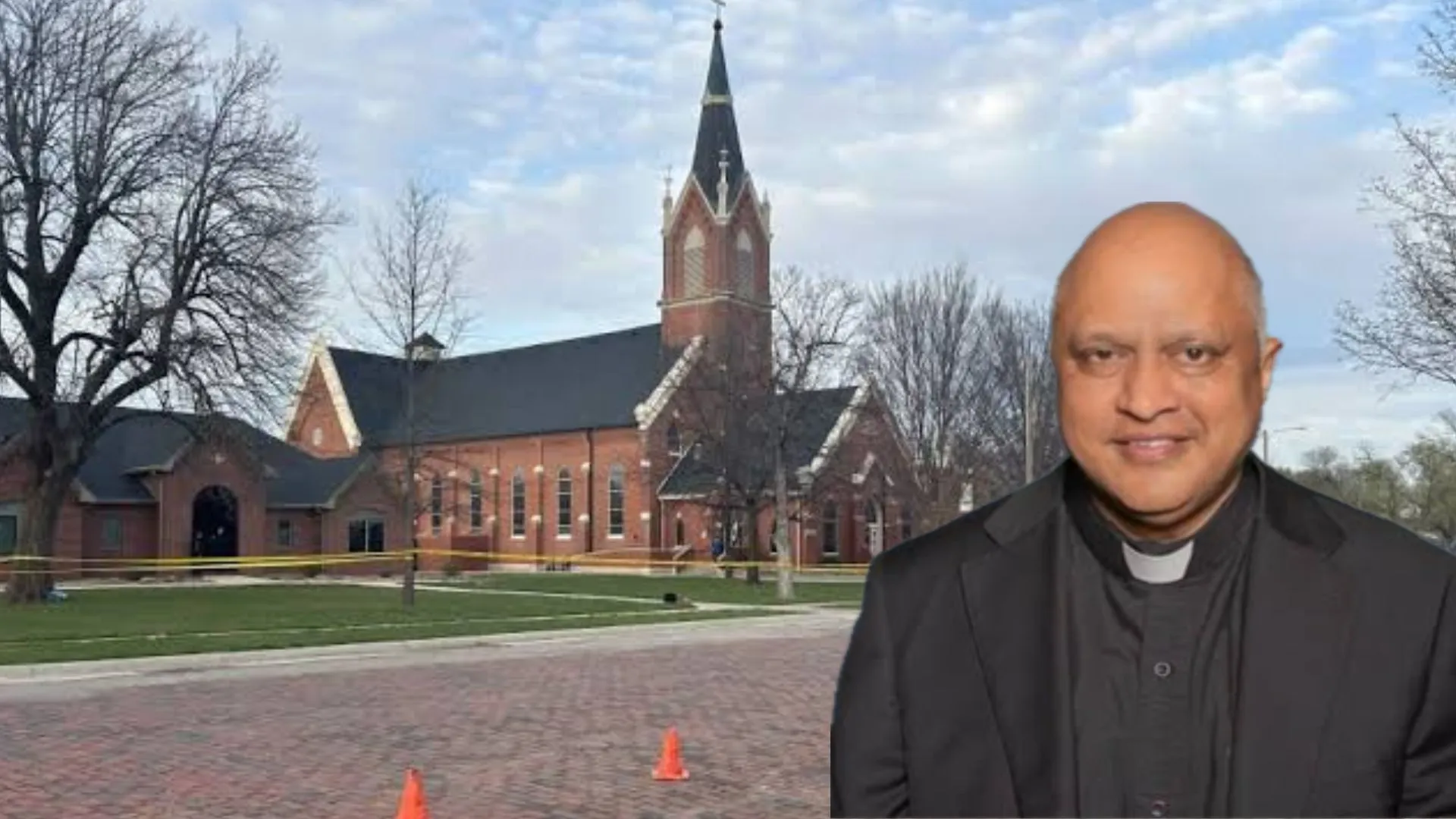The Central Pollution Control Board (CPCB) has reported that the water quality in the rivers of Prayagraj during the ongoing Maha Kumbh Mela is not meeting the required standards for bathing. The report was submitted to the National Green Tribunal (NGT), raising concerns over the high levels of faecal coliform detected in the water.
The issue is significant as millions of devotees continue to visit the Triveni Sangam in Prayagraj, taking part in the holy dip during the religious festival. Despite concerns about water pollution, pilgrims continue to gather in large numbers.
Millions of Devotees Take a Holy Dip
According to mela administration officials, over 54.31 crore devotees have taken a bath in the sacred waters since January 13. On Monday alone, more than 1.35 crore devotees participated in the ritual by 8 PM.
Faecal coliform, a key indicator of sewage contamination in water, is found in high quantities. CPCB standards allow a maximum of 2,500 units of faecal coliform per 100 ml of water, but the monitored levels in the river water exceeded this limit at several locations.
Tribunal Reviews Water Pollution Reports
A special NGT bench, led by chairperson Justice Prakash Shrivastava, along with Judicial Member Justice Sudhir Agarwal and Expert Member A Senthil Vel, reviewed a petition aimed at stopping the discharge of sewage into the Ganga and Yamuna rivers.
In its February 3 report, the CPCB informed the NGT that the river water quality in Prayagraj had failed to meet bathing standards during the ongoing festival. The report highlighted multiple violations and non-compliance with water quality regulations.
“The river water quality was not conforming to the primary water quality for bathing with respect to faecal coliform (FC) at all the monitored locations on various occasions. A large number of people bathe in the river at Prayagraj during the Maha Kumbh Mela, including on auspicious bathing days, which eventually leads to an increase in faecal concentration,” the CPCB stated in its report.
UPPCB Fails to Submit Comprehensive Report
The tribunal also criticized the Uttar Pradesh Pollution Control Board (UPPCB) for failing to submit a comprehensive action-taken report. Instead, the board only submitted a cover letter with certain water test results, which did not fully address the concerns raised.
“Even upon reviewing the documents enclosed with the covering letter dated January 28, 2025, sent by the in-charge of the central laboratory, UPPCB, it is reflected that high levels of faecal and total coliform have been found at various locations,” the bench noted.
Next Steps and Government Response
The NGT has given the counsel representing the Uttar Pradesh government one day to review the CPCB report and submit a response. Furthermore, the tribunal directed the Member Secretary of UPPCB and other relevant state authorities responsible for maintaining river water quality to appear virtually at the next hearing on February 19.
With increasing environmental concerns and the continuous influx of pilgrims, authorities are under pressure to address water pollution in the holy rivers while ensuring the safety and well-being of devotees.























